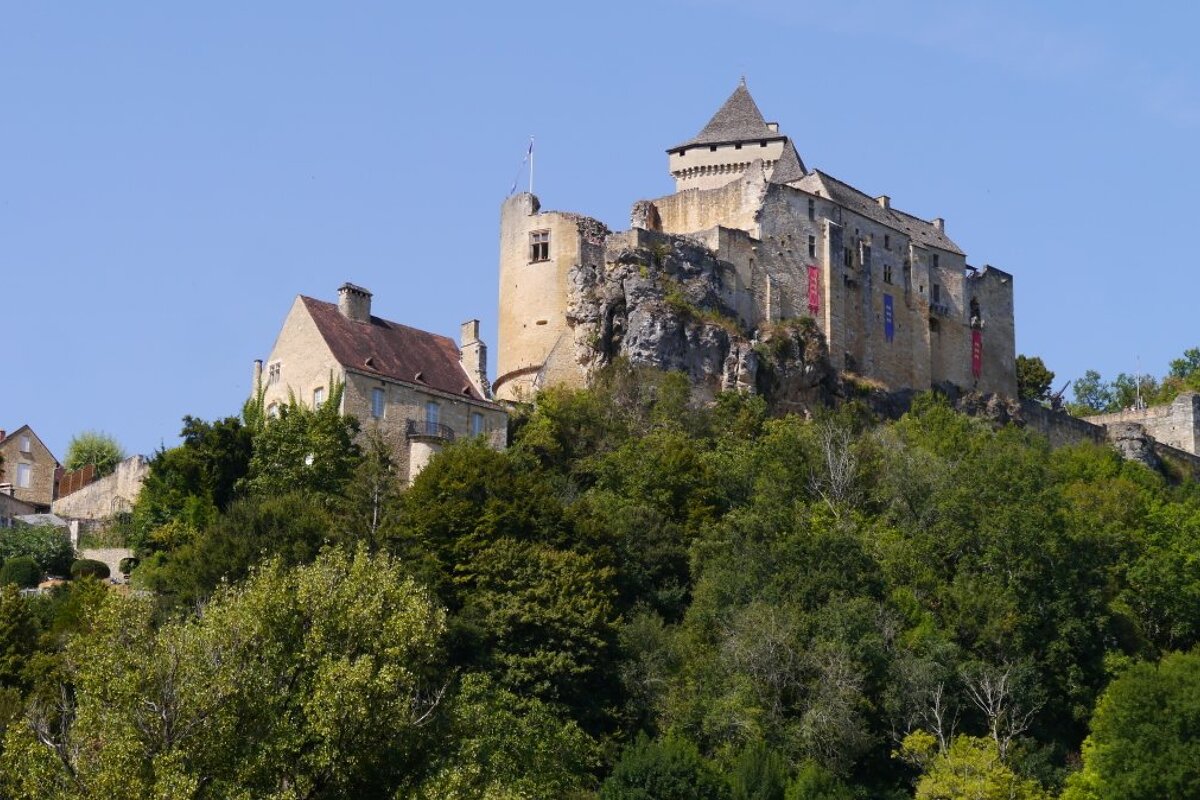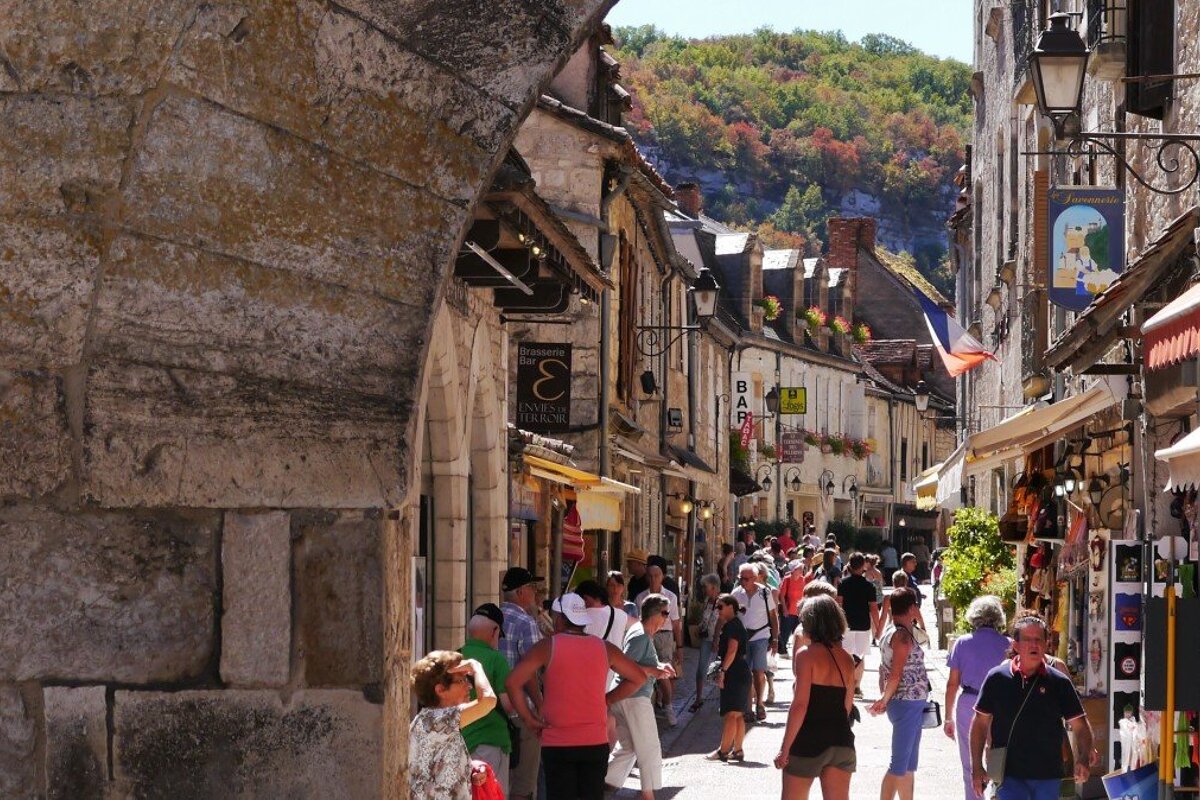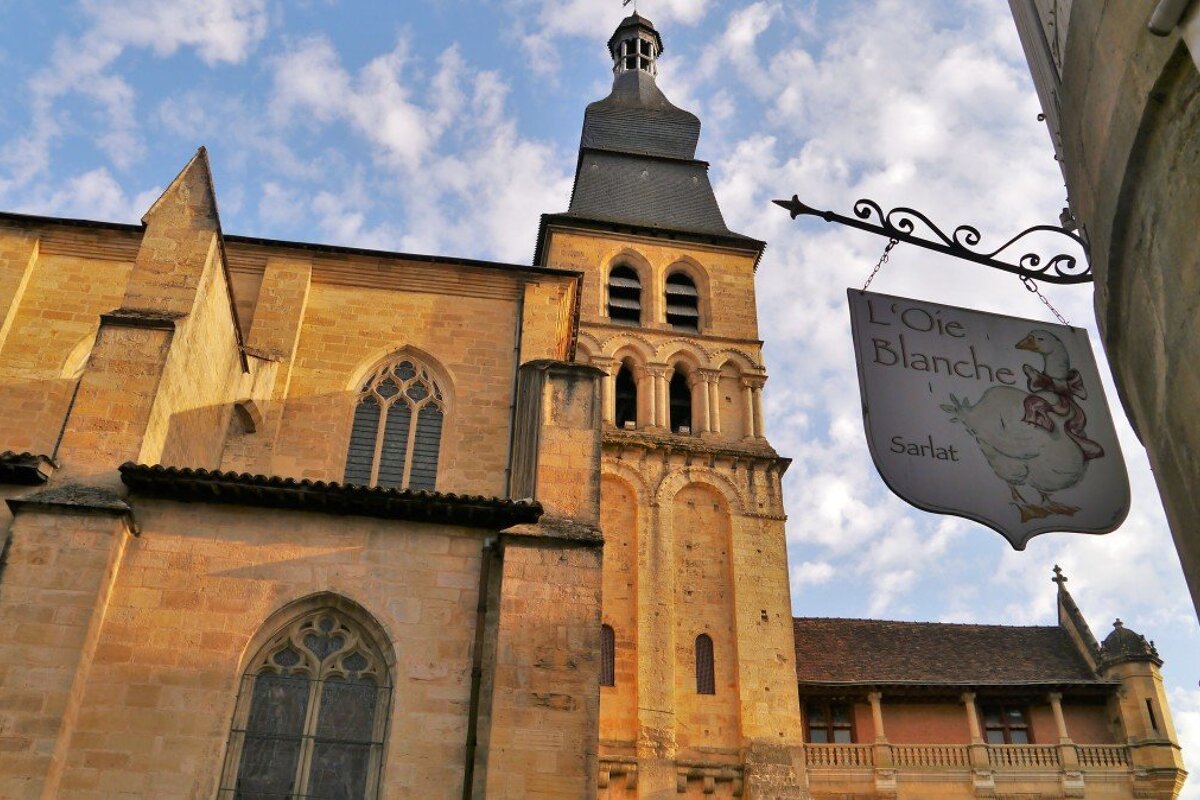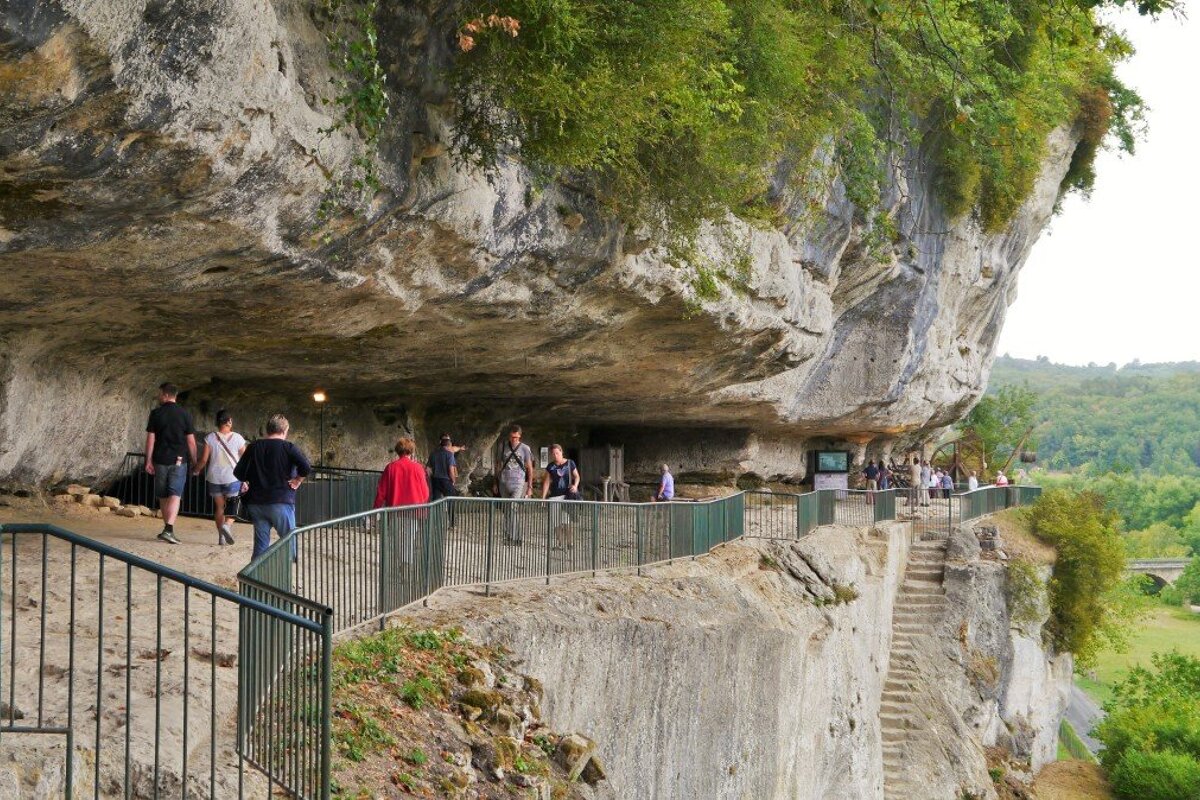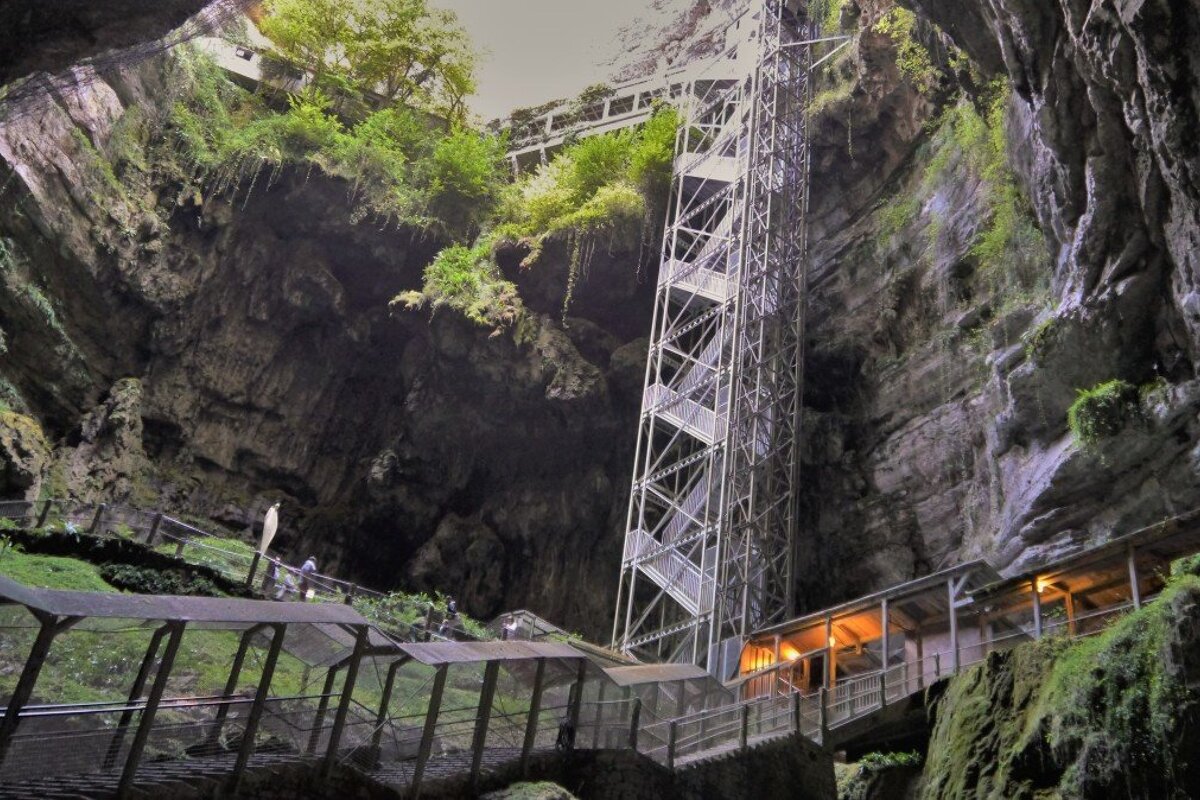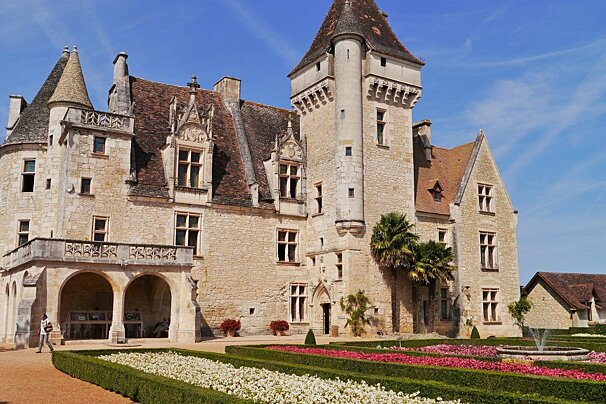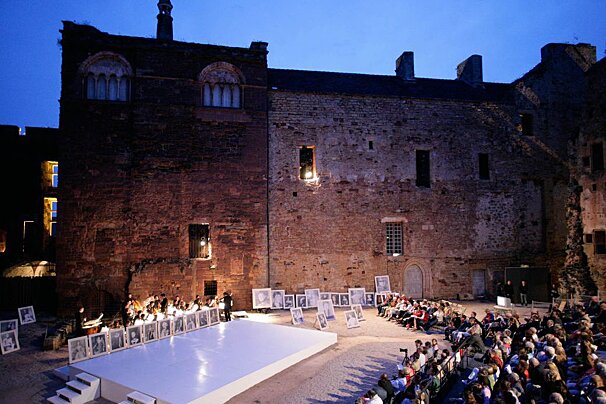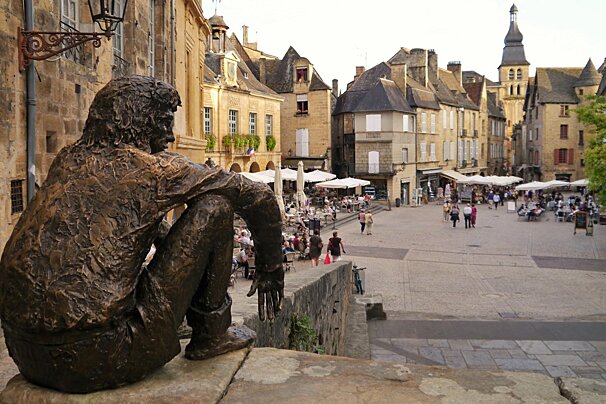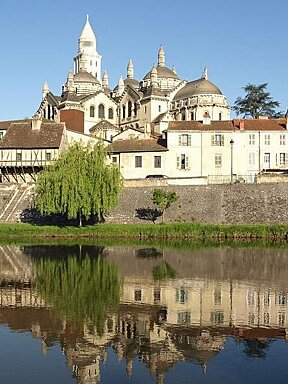
© PWilliamson
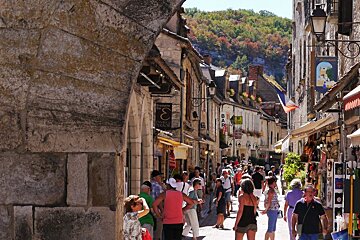
© PWilliamson
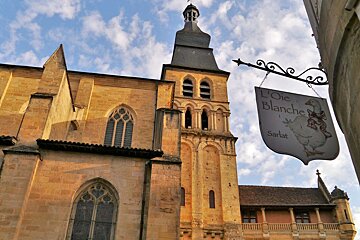
© PWilliamson
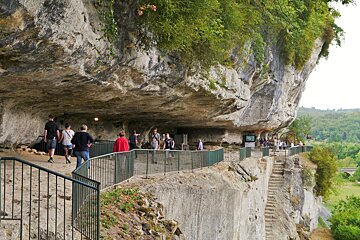
© PWilliamson
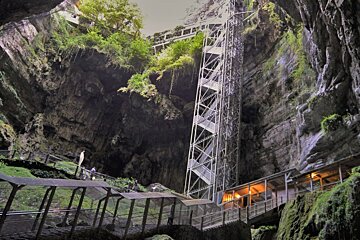
© PWilliamson
Attractions in Dordogne
Discover the top reasons to visit Dordogne
There is so much to see and do in and around the wonderful area of the Dordogne that we decided to narrow it down to just a few 'must see' things for you! This is by no means an exhaustive list, but we certainly don't want you to miss out on the best that the beautiful region has to offer.
Perigueux
The recognised capital of the Dordogne is the city of Perigeuex. A beautiful and elegant city with some wonderful examples of medieval and Renaissance architecture. Located on the pilgrimage route to Santiago de Compostela, the 12th-century cathedral should be visited and its narrow streets explored.
Dordogne's second city is perhaps better known, Bergerac. Made famous by the love story of Cyrano de Bergerac, who in fact has nothing whatsoever to do with the city, other than several statues of the infamous poet. The town of Bergerac sits on the banks of the Dordogne and is surrounded by the vineyards and wineries of the Bergerac appellation.
Boat Trips
The history of the region's rivers goes back many centuries when they formed part of the main trading route between France and England. Today you can enjoy a boat trip along parts of the Dordogne, Vezere and the Isle rivers on the traditional flat bottom barges that were once used for trading, the gabarres.
Castles
The options to visit Chateaux throughout the region is endless...many of then you will see on hilltops as you drive through the landscape or pass by on a train. It is in fact hard to pick out a favourite castle but certainly the one that looks the most 'castley' is the Chateau des Milandes near Castelnaud-la-Chapelle. Dating back to the 15th century the real treat here is not only the historical nature of it but the fact that it has such an interesting recent history...
Cycling
Cycling through the vineyards, stopping to sample the wine and probably buying a crate to take home...what better way to spend a day! To the west of the region you will find the town and vineyards of Sant Emilion where the rolling hills are perfect for a cycle outing and the vineyards welcoming.
Cycle touring is particularly popular in the Dordogne, the good climate, vast countryside, winding roads, hilltop towns and charming B&B's make it a pleasure to explore on two wheels. Best to avoid the summer months though as the sun can be punishing!
Alternatively if you prefer a bit more of the challenge then there are some mountian biking specialists who can show you the trails through the forest and hilly areas of the Dordogne valley.
Events
Wine events are top of every calendar in every town across the region. Whether it be harvest time, bottling time, tasting time or just celebrating delicious wine time, there is bound to be some kind of grape-themed event on during your holiday.
Regardless of where you are staying in Dordogne, there is sure to be a local town market. A visit to the market gives you a flavour of the real France, from fresh fruit and vegetables to the old men sipping Pastis in the corner and the odd game of petanque. This is an experience that you MUST have!
Food & drink
With no shortage of restaurants, cafes and French patisseries across Dordogne, dining on delicious food is not a problem. the area is famed for foie gras, walnuts, truffles and numerous other rich products and delicious gastronomy. The problem may arise however as you have to make your choice on which restaurant to visit. We've selected some of the best for you to try, including some wonderful Michelin starred, but you can always ask the locals for a recommendation.
Nature & Wildlife
The rivers of the Dordogne region obviously play a huge part in the proliferation of wildlife. River otters swim in the tributaries, while herons pass through during their migration. In the summertime around most villages you can find the classic rural French mix of hoopoe, golden oriole, cuckoo and turtle doves.
In a region filled with some of the 'Most Beautiful Villages in France' and plenty of 'Ville Fleurie' you won't be surprised to find an abundance of honey bees and colourful butterflies amongst the floral displays in the towns. Farming land makes up the vast majority of countryside and crops of sunflowers are just as common as fields of cows.
Shopping
To be honest, most people come to the Dordogne for the farmers markets full of fresh local produce, infamous local wines and truffles, and the brocantes (flea markets) with their mixture of antiques and curiosities. Sarlat-la-Caneda is filled with small boutiques, fashion outlets, gift shops and the Saturday market here is well known as being the biggest and best in the region.
Traditional villages
Many towns in the area have been inhabited since Roman times, the middle ages or in some cases, prehistoric times. Each town has its own intriguing history, whether that be the troglodyte caves and rock face homes, or the fortified castles and bastide layouts. There are a large proportion of towns that are listed under 'Les Plus Beaux Villages de France' (the most beautiful villages of France), recognising them for their history, land, culture and art.
Wine & vineyards
This region has been producing wine for centuries but its real development was led by the English during the rule of King Henry II who encouraged the planting of more vineyards. Its soils are perfectly suited to the growing of grapes. Like it's neighbour, Bordeaux, the Dordogne enjoys the benefits of the Atlantic climate, although tends to be slightly warmer than coastal Bordeaux. Saint Emilion is situated right on the border of the two regions and is undoubtedly the best of the best when it comes to wine, vineyards, estates and tastings. However, the Bergerac and Monbazillac areas are also littered with vineyards and worth the visit to try their sweet dessert wines
